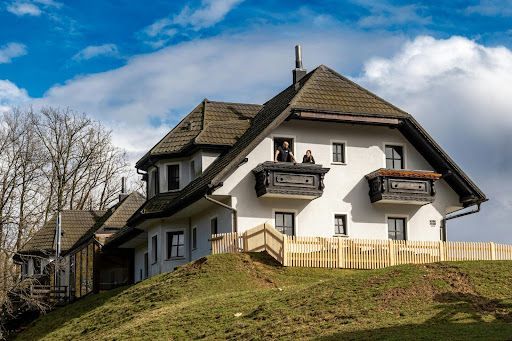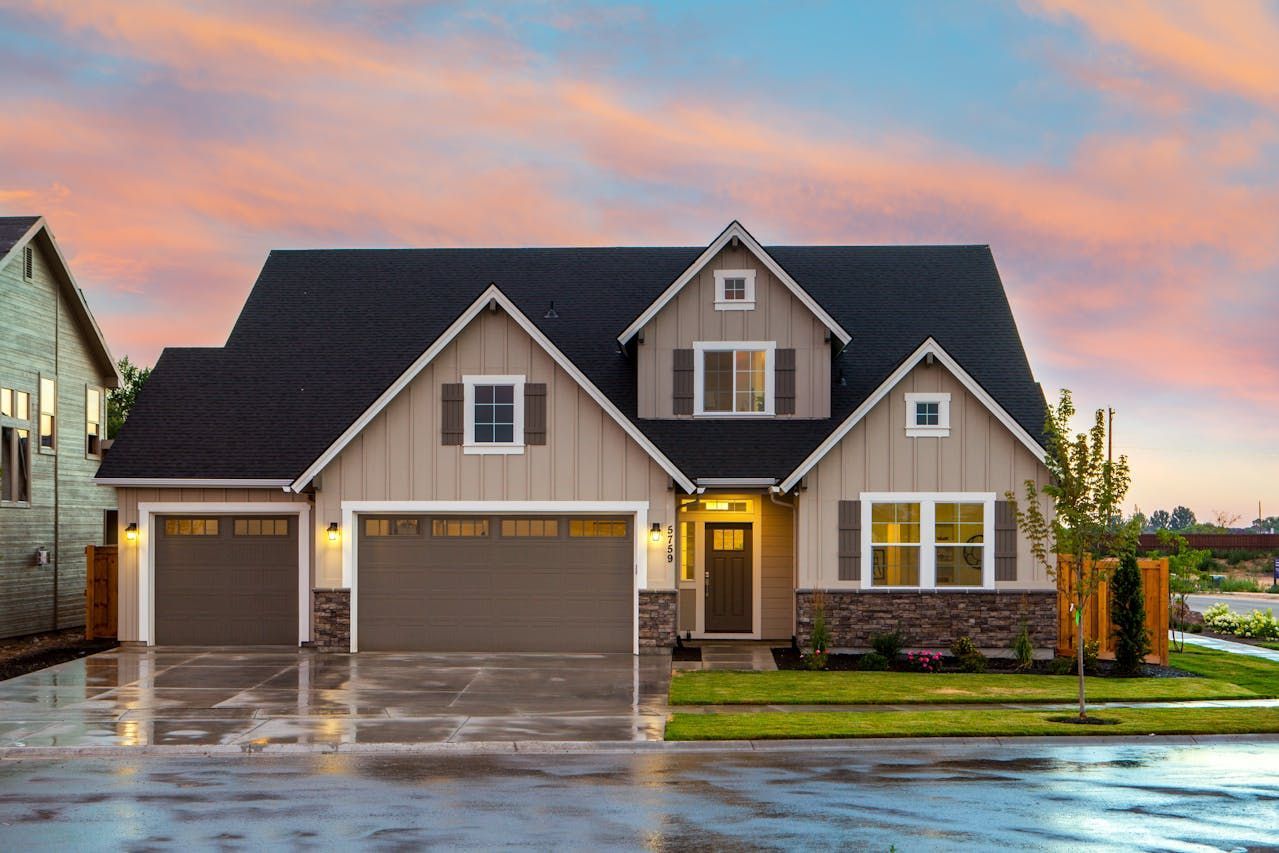Choosing the Best Roof Color to Complement Your Home's Exterior
Does the color of your roof match your home's exterior?

A roof serves as both protection and a visual statement, playing a crucial role in a home's overall aesthetic. The right color choice can highlight architectural details, boost curb appeal, and even contribute to energy efficiency. While many of us focus on material and durability, color selection is equally important in achieving a cohesive and striking exterior design.
With countless options, selecting the best roof color can feel overwhelming. Read on to simplify the process and help you choose a roof color that complements your home’s style.
Matching Roof Color to Home Style
The best roof colors harmonize with a home's architecture and exterior elements. Here’s how to choose a shade that suits different styles:
Traditional Homes
Colonial, Victorian, or Cape Cod designs pair well with charcoal, black, or deep brown shingles. These timeless colors highlight classic details and provide a stately look.
Modern and Contemporary Homes
Minimalist homes benefit from light gray, white, or muted blue roofs. Lighter tones maintain a sleek, clean aesthetic without overwhelming the design.
Rustic and Craftsman Homes
Earthy tones like warm brown, forest green, or deep red complement natural wood, stone, or brick exteriors, blending seamlessly with outdoor surroundings.
Mediterranean and Southwestern Homes
Terracotta, warm tan, and deep red roofs pair beautifully with stucco exteriors, reinforcing a classic and inviting aesthetic.
Coordinating with Exterior Features
A well-chosen roof color should complement, not clash with, existing siding, trim, and landscaping:
● Brick Exteriors: Red brick pairs best with dark gray, brown, or black shingles for a balanced look.
● Wood or Vinyl Siding: Neutral siding (beige, cream, gray) works well with both bold and subtle roof colors.
● Stone Homes: A mid-tone brown or gray roof offers a natural transition if the exterior includes a mix of stone.
● Bright-Colored Homes: Blue, green, or yellow exteriors pair best with soft gray or brown roofs to keep the look cohesive.
Climate and Energy Efficiency
Roof color affects temperature regulation inside the home:
● Warm Climates: Light-colored shingles (white, light gray, beige) reflect sunlight, reducing cooling costs by up to 20%.
● Cold Climates: Dark roofs (black, deep brown, dark gray) absorb heat, aiding in snowmelt and lowering heating expenses.
Seeing Before You Decide
Viewing samples in natural light is essential. Colors can appear different in bright sun versus shade. Checking swatches at different times of day helps confirm that the final choice looks
good under all conditions. You can also explore digital visualization tools or request sample boards for a more accurate preview.
2025 Roof Color Trends
Current trends favor jet black, deep green, and mixed-color shingles, offering a sophisticated and modern appeal. Multi-tone roofs that incorporate subtle color variations create depth and boost curb appeal.
Additional Considerations for a Lasting Investment
Beyond color, you should consider the material and finish of your roofing. Certain materials, such as polymer slate or metal roofing, offer greater longevity, resistance to fading, and superior durability compared to traditional asphalt shingles. Choosing a roof with UV-resistant coatings can further extend its lifespan and maintain its visual appeal for years to come.
Making the Best Choice
Selecting the right roof color requires balancing style, function, and longevity. Consider your home’s aesthetic, regional climate, and long-term maintenance needs. Because a new roof is a major investment, consulting a professional helps you make the right choice.
At Freeman & Son Construction, we provide expert guidance to help you select the perfect roof color while delivering top-quality installation. With years of experience, our team understands how to create a durable, visually appealing roof that complements your home’s design. Contact us today to explore your options and achieve the perfect balance of beauty and functionality.


